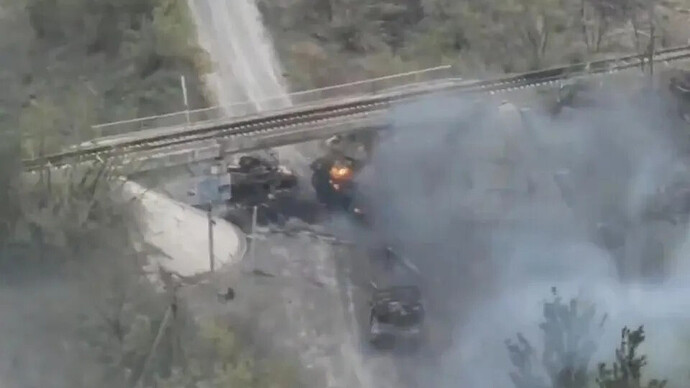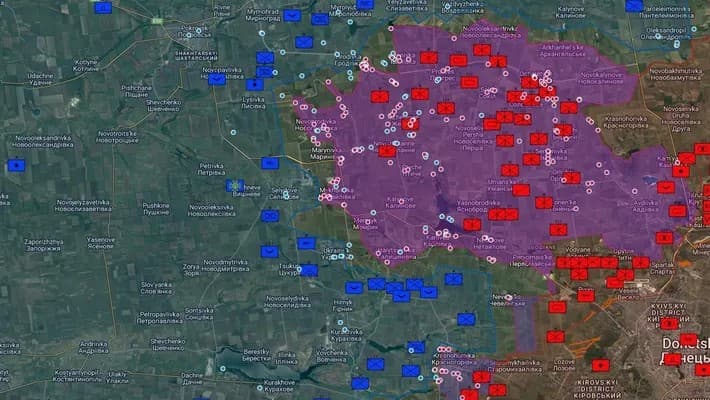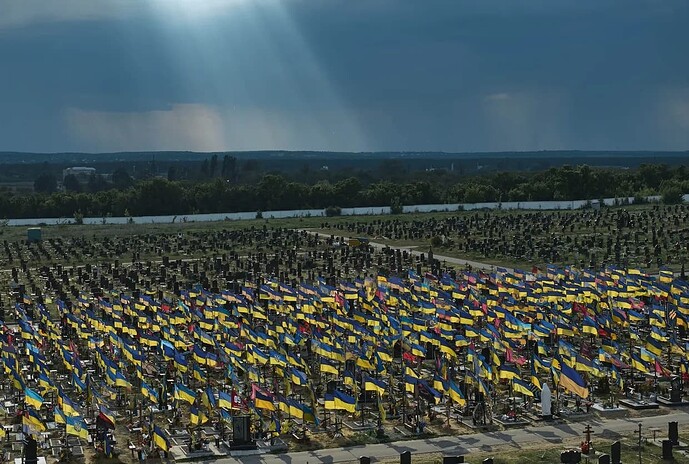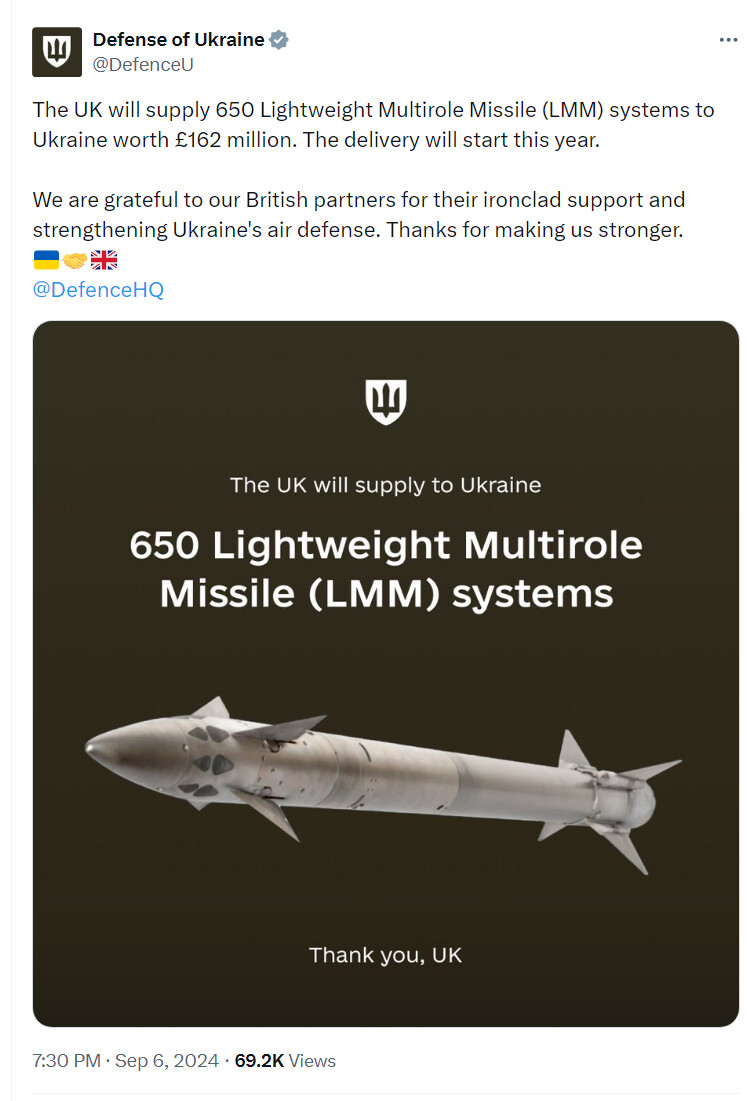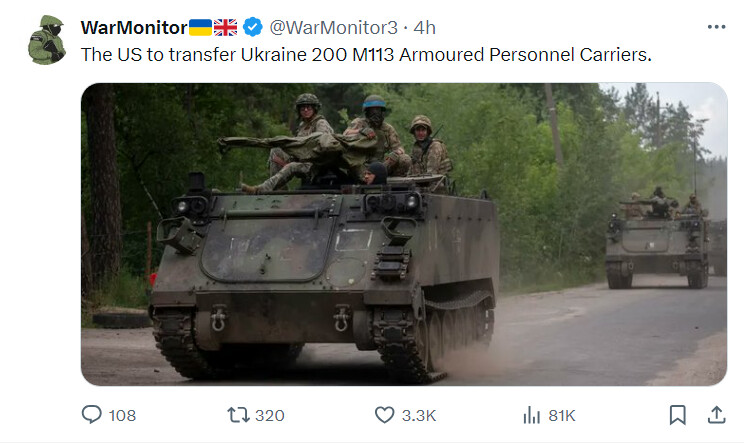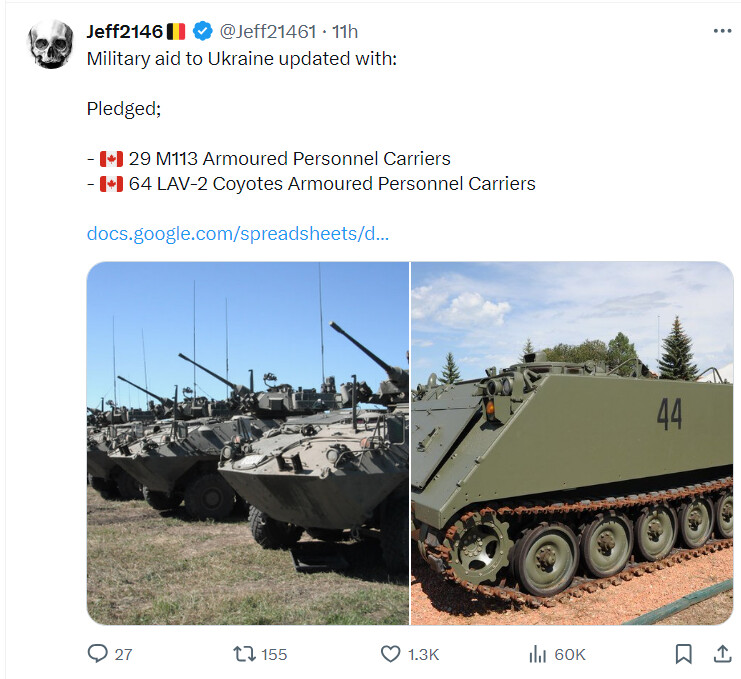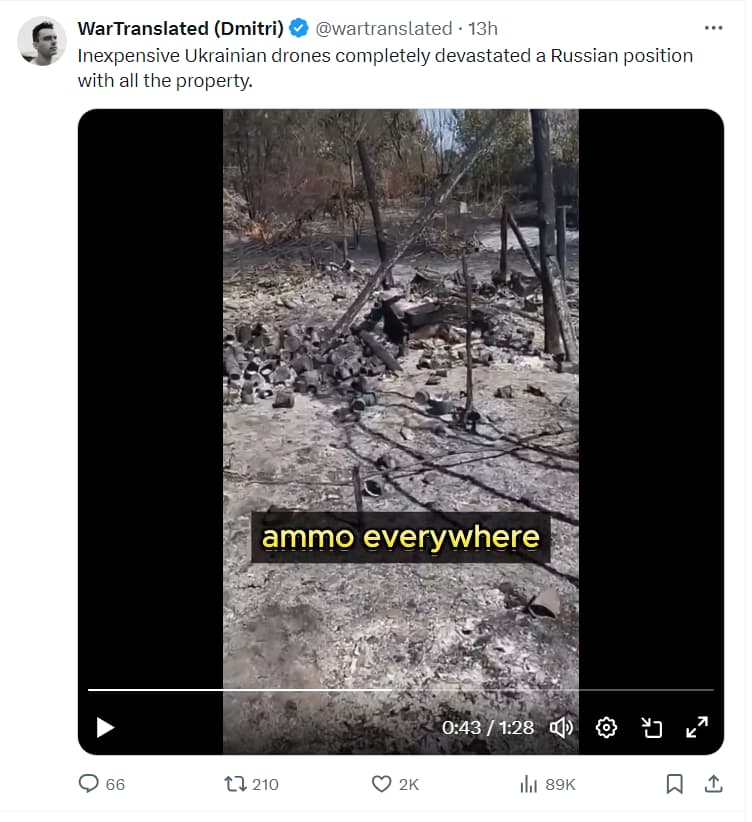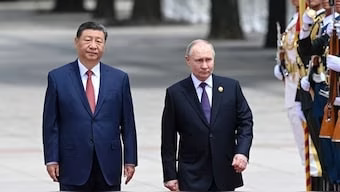Fighting To Save Pokrovsk And Hundreds Of Vulnerable Ukrainian Troops, A Ukrainian Tank Blasted a Russian Vehicle From A Few Feet Away
The skirmish in Selydove was brutal and costly—for the Russians
Updated Sep 4, 2024, 05:56pm EDT
Potentially hundreds of Ukrainian troops from four brigades are holding a vulnerable salient south of Pokrovsk, a Ukrainian stronghold that sits astride critical supply lines in Donetsk Oblast in eastern Ukraine.
For days, some experts have been advising the Ukrainians in the salient—30 square miles stretching between the village of Ukrainsk and the Vovcha River to the east—to retreat in order to avoid getting surrounded, cut off and destroyed by a Russian force with a fourfold advantage in troops and equipment.
But the Ukrainians in the salient aren’t quite ready to quit. On Wednesday, they fought—and won—a brutal skirmish at a key road and rail intersection between the salient and the main Ukrainian sector to the north.
The fight developed when at least two Russian vehicles, seemingly including a BTR wheeled armored personnel carrier and an MT-LB armored tractor, raced along the main east-west road into Selydove, a Ukrainian-held settlement that anchors the front line between Pokrovsk and Ukrainsk.
It’s obvious why the Russian central grouping of forces wants to infiltrate Selydove—and equally obvious why the Ukrainians are determined to hold fast in the town. As long as the Ukrainians hold out in the salient to the south, they pose a threat to the left flank of the Russian 2nd Combined Arms Army and 90th Tank Division—the main units within the local Russian grouping of forces—as they roll toward Pokrovsk.
"Over the past week, the command of the center [grouping], especially the 2nd Army and 90th Tank Division, have shifted their main focus from directly targeting Pokrovsk to pushing towards Selydove and the surrounding areas to the east and southeast,” the Ukrainian Center for Defense Strategies reported on Sunday. “If they succeed, it will allow them to advance further on Pokrovsk and secure the left flank of the forces moving in from the south.”
The Ukrainians are trying to ensure the Russians don’t succeed—and are apparently fighting to preserve the salient south of Pokrovsk in order to maintain the threat to the Russians’ left flank. As those Russian vehicles rolled into the eastern edge of Selydove on Wednesday, a Ukrainian drone spotted them, and a Ukrainian tank—likely a T-64 from the recently deployed Kara-Dag brigade of the Ukrainian national guard—moved to intercept from the west.
The BTR managed to disembark a squad of a dozen or so infantry in what the crew must have believed was a safe position: the road underpass beneath the local north-south railway. But the infantry were still huddled next to the BTR when the Ukrainian tank hit the vehicle with a 125-millimeter cannon round, damaging the BTR and apparently wounding or killing some of the infantry.
The damaged BTR soon had company: what may have been an MT-LB. But the MT-LB took a hit, too—and was on fire as the Ukrainian tank crawled up to the underpass.
The Ukrainians clearly aren’t willing to lose the roads and rails connecting Pokrovsk to Selydove to Ukrainsk and to the adjacent salient—not as long as they’re still actively fighting for Pokrovsk and not just planning their retreat. So the three-person crew of that T-64 hit the burning MT-LB at point-blank range with another 125-millimeter round—and then proceeded to shove the flaming wreckage clear of the overhead rail bridge.
The outcome was clear. The Russian assault failed with heavy losses in people and equipment. And for the moment, at least, the Ukrainian positions were intact and the roads connecting them were clear. For now, Pokrovsk holds—and so does the salient to the south.
